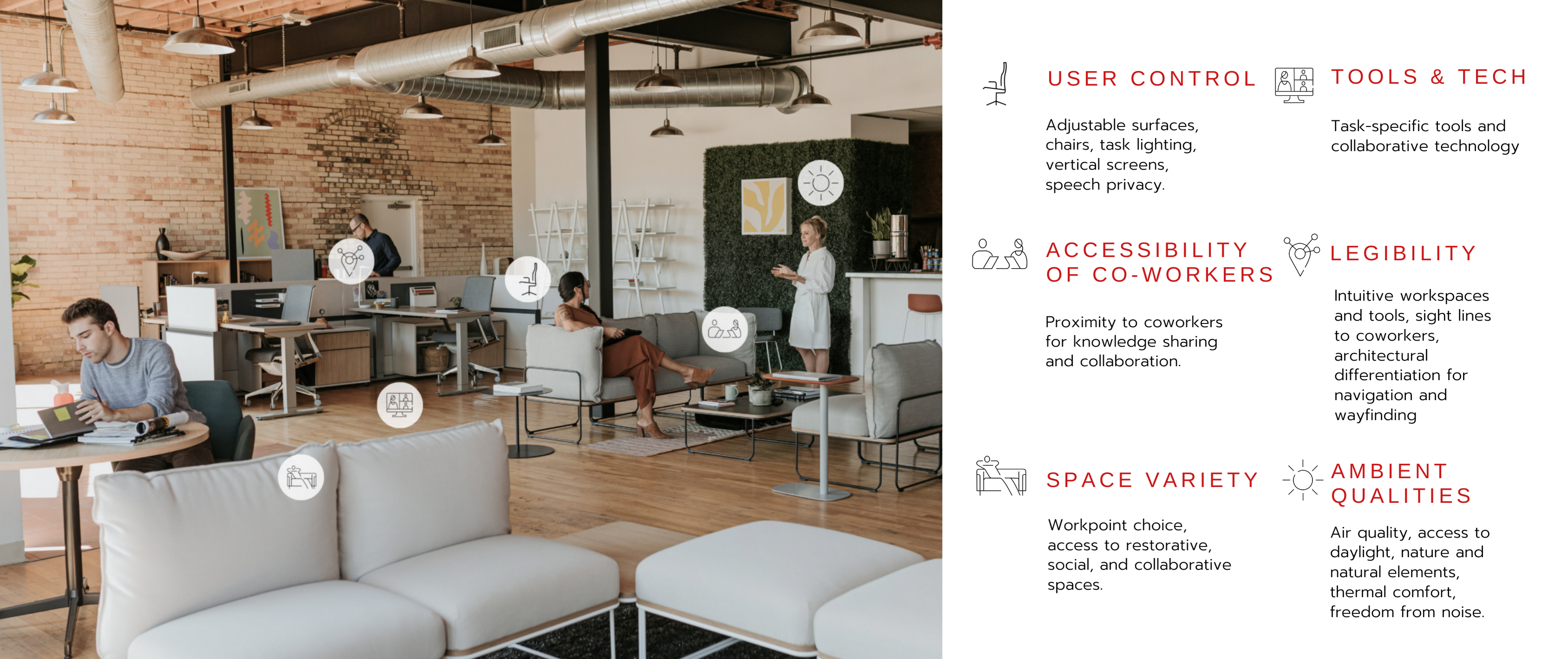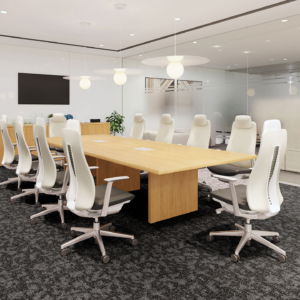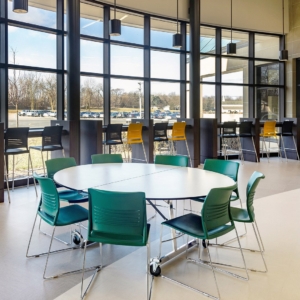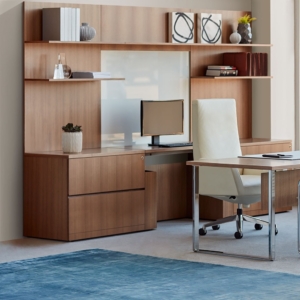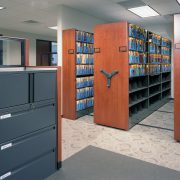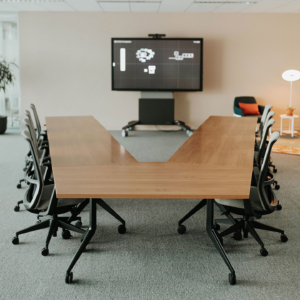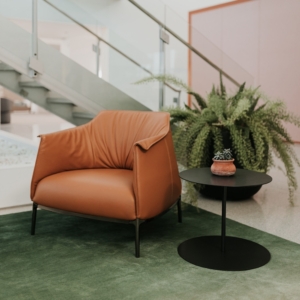Reduce Stress in The Workplace By Design
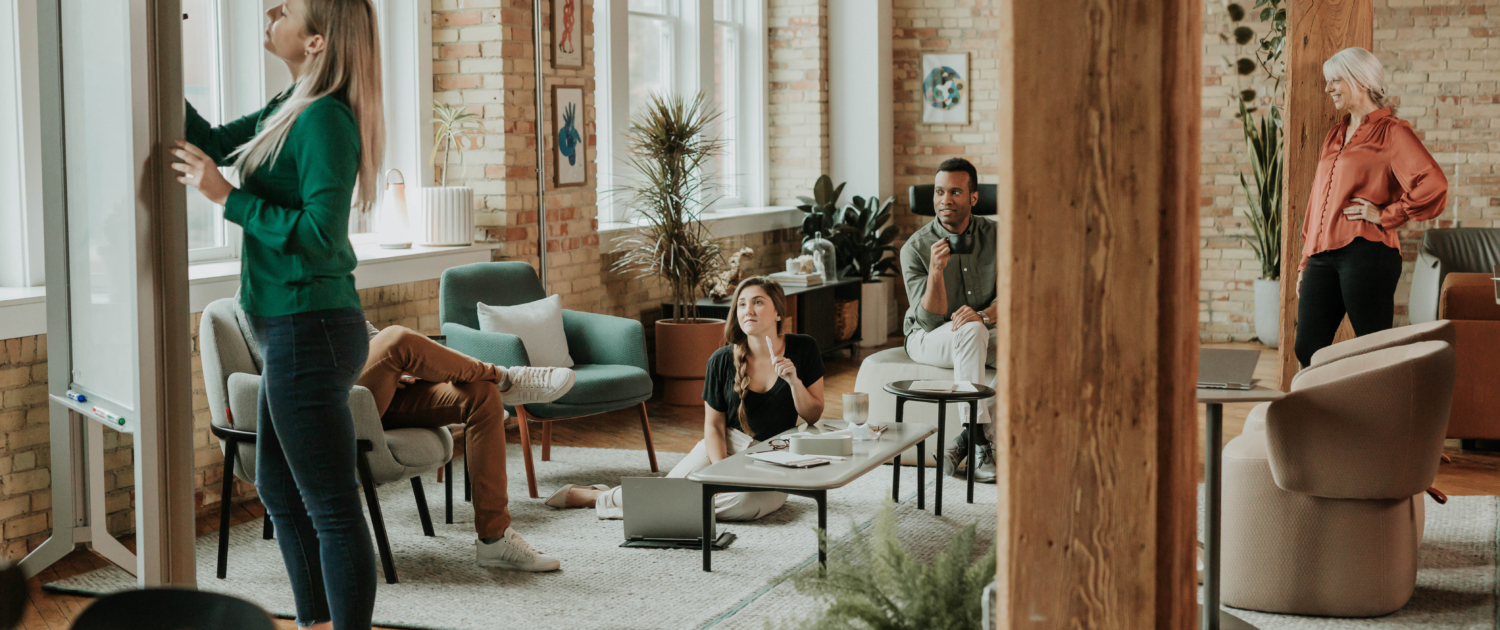
Approximately one-third of employees grapple with heightened stress levels, presenting a significant challenge for employers, marked by increased healthcare expenses, prolonged disability periods, absenteeism, turnover, and diminished productivity. In the age of remote work, leaders must foster a culture of trust, empowering employees to embrace flexible work arrangements tailored to their unique needs.
Workplace stress arises when individuals face situations where demands—whether social, environmental, physical, work-related, or personal—outweigh their available resources, risking emotional, physical, and mental exhaustion, commonly known as employee burnout.
To counter workplace burnout, organizations can fortify two key types of resources: conditional resources and social support resources.
Conditional resources encompass the physical elements and conditions within an organization, including the built environment, ambient qualities, and task-relevant resources crucial for employees to execute their duties.
Social support resources involve organizational policies, attitudes, and the overall social environment that shapes employees’ daily work experiences.
The American Institute of Stress outlines various issues linked to workplace stress, ranging from strained personal relationships to sleep deprivation and diminished job performance. Prolonged exposure to stress can lead to severe mental health concerns, including depression. Even before the 2019 COVID-19 pandemic, over 25% of employees reported a risk of burnout within the next 12 months. Given current circumstances, this figure is likely higher today.
Studies suggest that enhancing organizational culture across diverse work settings—whether in the office, at home, or other locations—by offering extensive flexibility in schedules and work environments, along with granting individuals control over their workspace, contributes to overall well-being. Implementing these principles communicates to employees that their contributions are valued. Leadership initiatives in these three areas can effectively reduce stress, enhance mental health and well-being, decrease absences related to burnout, and potentially elevate job satisfaction.
While organizations may have limited influence over an individual’s personal resources such as mood, skills, and health, employers possess the capacity to shape a physical workplace and organizational culture that enhances employee well-being. It is imperative for organizations to equip employees with the necessary tools to cope with various stressors they may encounter.
Here are six design tips, supported by research, to help alleviate stress in the workplace:
- Design with user control: Grant employees autonomy in determining how and where they work in the office. This includes the ability to adjust their work chair, table, desk, orientation, or privacy level, allowing for individual comfort and control.
- Accessibility of Co-Workers: Allowing colleagues physical nearness is crucial for collaboration as it fosters real-time communication, idea exchange, and mutual support, creating a dynamic and collaborative environment that enhances overall productivity and innovation.
- Provide a variety of spaces: Support different types of work by offering a range of spaces that cater to both collaborative and individual tasks. This approach helps reduce employee stress related to workstation options.
- Tools and Technology: Provide technology for instant access to information and resources. When employees have the tools to swiftly find what they need, it minimizes frustration and stress associated with delays or obstacles in information retrieval. Technology in the workplace facilitates ease of access to information and resources, empowering employees to swiftly find what they need and fostering a more efficient and stress-free work environment.
- Make the workplace legible: Ensure the workplace is easy for employees to navigate, allowing them to locate everything they need, including coworkers, resources, and meeting spaces. This fosters a more stress-free environment.
- Create an ambient environment: Design workspaces that offer access to natural light, maintain comfortable room temperatures, and effectively manage noise.

